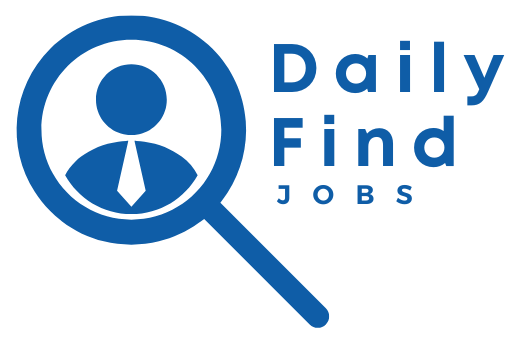Creating a tailored resume for each job application is a crucial step in showcasing your qualifications. Understanding the job description allows you to highlight relevant skills, making your resume stand out among others. By customizing your application, you demonstrate to potential employers that you have taken the time to align your experience with their specific needs. Let’s dive into some essential strategies to ensure your resume catches the hiring manager’s attention.
Understanding the Job Description
The first step in tailoring your resume effectively is to delve into the job description provided by potential employers. The job description is your roadmap. It reveals the skills, experiences, and qualifications employers are seeking.
Focus on Keywords: Job descriptions often include specific keywords that represent the qualifications and characteristics of the ideal candidate. These might include technical skills like ‘SEO optimization,’ soft skills like ‘team collaboration,’ or specific software proficiencies. By identifying and incorporating these keywords into your resume, you significantly enhance its relevancy.
Understand the Role: Consider each section of the job description. Identify the main responsibilities and required qualifications. This helps you emphasize your most applicable experiences and skills on your resume. Ask yourself questions like: What is the employer’s primary focus? Are they prioritizing experience or specific skills?
Probe the Company Culture: Apart from skills, understanding the company’s values and culture is vital. Job descriptions might provide hints about what kind of organizational culture you might be stepping into, whether it’s a fast-paced environment, a team-oriented workplace, or a customer-centric company. Reflect these attributes in how you craft your personal summary or your cover letter accompanying the resume.
By thoroughly analyzing job descriptions, you can effectively align your resume with the employer’s needs. This deep understanding could make all the difference in grabbing their attention.
Highlight Relevant Skills
When applying for a job, it’s crucial to align your skills with the job requirements. Start by reviewing the job listing and note the skills that are prominently featured. Look at both the must-have and preferred skills. Next, create a list of your own abilities that match these keywords. This not only demonstrates your suitability for the role but also improves your resume’s chances in applicant tracking systems (ATS).
Focus on Quantifiable Achievements
Try to provide specific examples of how you’ve used these skills in previous roles. For instance, instead of saying ‘good at sales,’ define it more precisely by stating ‘increased sales by 20% in the first quarter through effective lead generation.’ This specificity provides a clearer picture of your capabilities.
Additionally, consider adding relevant projects or certifications that showcase these skills. Highlighting these in a separate section can make your resume stand out. Remember, the goal is to connect your experience with the role you’re applying for without straying from the truth.
Customization Tips and Tricks
When you are customizing your resume for each job, it’s important to remember some effective tips and tricks that can make the process smoother and more successful. Start by getting familiar with the job description and highlighting the key requirements and skills. Compare these with what you’ve accomplished in your past roles.
A handy trick is to create a master resume that contains all your experiences and skills. From this comprehensive document, you can easily pick and choose the most relevant points to include for each specific job application. This ensures that you’re always presenting the most appropriate version of yourself.
Use the same language and keywords from the job posting in your resume. This not only makes your resume more relevant but also helps it pass through Applicant Tracking Systems (ATS) that many companies use. Mirroring the language also shows the recruiter that you speak their company’s language, which can give you an edge.
Another tip is to keep it concise. While it might be tempting to include every detail of your work history, focus on the experiences that are most directly related to the job you’re applying for. This way, your resume remains clear and easy to read.
Finally, consider the design of your resume. A clean, professional layout with consistent formatting will make it easier for employers to read. Use bold or italic text sparingly to emphasize key points, and ensure there’s plenty of white space to avoid clutter.
Avoid Common Mistakes
Avoiding Common Mistakes on Your Resume is crucial when tailoring it for each job application. One frequent error is using a generic resume for different job applications. This approach does not showcase how you specifically fit the role you’re applying for.
Another mistake is failing to proofread your resume for spelling and grammatical errors. Even minor mistakes can create a negative impression and overshadow your qualifications. Utilize tools like spellcheck and ask a friend to review your resume.
It’s essential to focus on concrete achievements rather than job duties. Hiring managers want to see your impact in previous positions. Use numbers and specific examples to highlight your successes.
Avoid overloading your resume with unnecessary personal information. Details like age, marital status, and a photograph are often not required. Focus on providing information that demonstrates your qualifications for the job.
Always match the terminology in your resume with the phrases used in the job description. This not only shows that you understand the requirements but also helps your resume pass through automated systems that filter out less qualified candidates.
Remember, clarity and conciseness are paramount. Don’t use complex language or industry jargon that might confuse the resume reader. Aim for precision and simplicity to ensure your message is effectively communicated.

